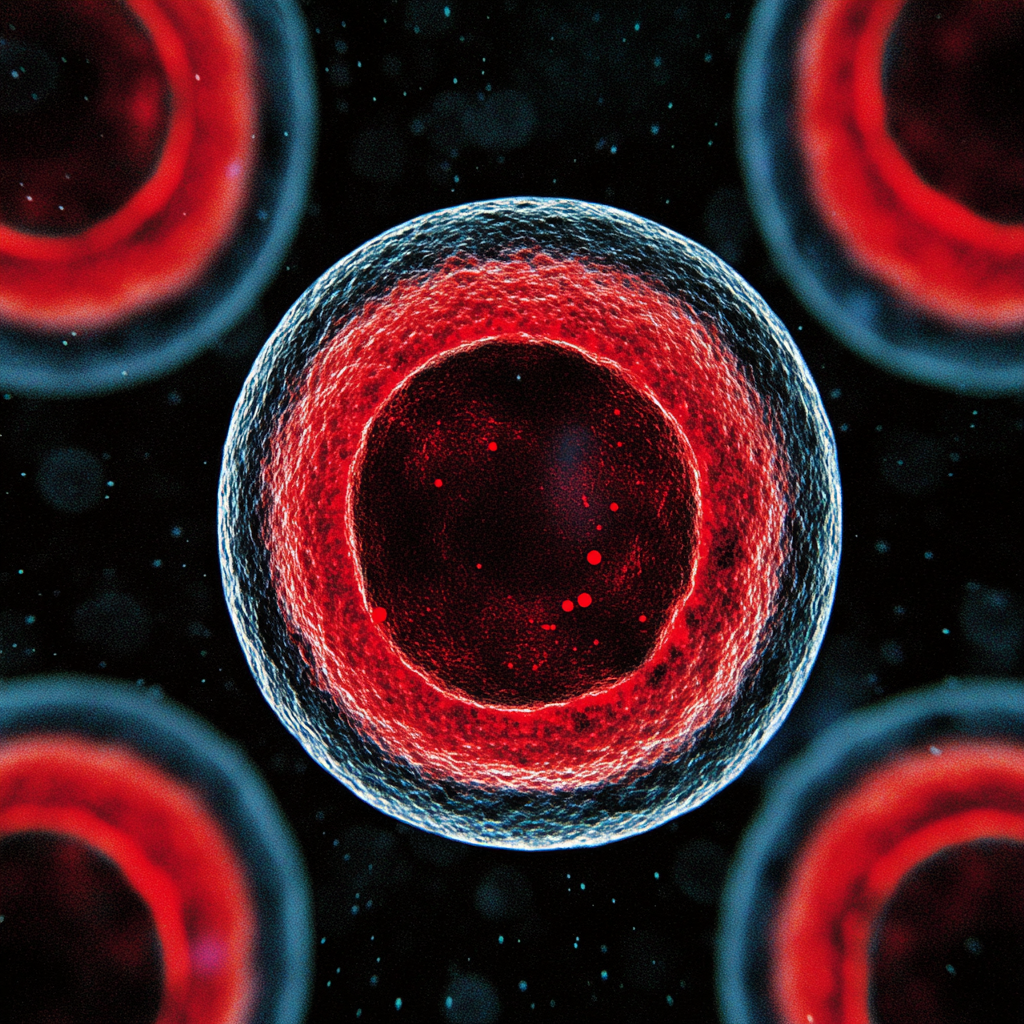J Coll Physicians Surg Pak. 2025 Aug;35(8):958-963. doi: 10.29271/jcpsp.2025.08.958.
ABSTRACT
OBJECTIVE: To investigate the efficacy of hydromorphone combined with dexmedetomidine with patient-controlled intravenous analgesia (PCIA) in treating patients with acute herpes zoster (HZ) neuralgia.
STUDY DESIGN: Randomised controlled trial. Place and Duration of the Study: Department of Pain, Leshan Hospital of Traditional Chinese Medicine, Leshan, China, from May 2023 to April 2024.
METHODOLOGY: The patients diagnosed with acute HZ were randomly divided into two groups: The hydromorphone combined dexmedetomidine PCIA treatment group (Group H) and the oral tramadol control group (Group C). Both groups were given oral pregabalin and vitamin B1. Repeated measures analysis of variance, Chi-square test or Fisher’s exact probability test, was used to compare the pain numeric rating scales (NRS) and the Pittsburgh sleep quality index (PSQI) of the two groups before and after 1, 4, and 12 weeks treatment (T0, T3, T4, and T5). The number of people experiencing HZ-related pain was at T4 and T5, with the levels of cluster of differentiation 4 (CD4+), 8 (CD8+), and CD4+ / CD8+ before treatment, 24 hours, and 48 hours after treatment (T0, T1, T2), respectively. And the related adverse effects were also monitored.
RESULTS: NRS and PSQI decreased significantly in both groups after treatment. Compared to Group C, Group H showed a significant decrease in NRS scores at T3 and T4 (p <0.001); the difference between the two groups remained statistically significant (p = 0.003) at T5. PSQI scores in Group H were lower than those in Group C after treatment (p <0.001). The frequency of HZ-related pain in Group H was also significantly lower compared to Group C (p <0.05). CD8+ levels in Group H were significantly lower than in Group C at T1 and T2 (p <0.001), which CD4+ / CD8+ levels were significantly higher than those in Group C (p <0.001). The frequency of drowsiness in Group H was higher than that in Group C (p <0.05). However, there were no significant difference between the two groups (p >0.05) in other adverse reactions, such as dizziness, nausea, and vomiting.
CONCLUSION: Hydromorphone combined with dexmedetomidine PCIA is effective in relieving HZ-related pain, and reducing the occurrence of postherpetic neuralgia (PHN). It shows a good therapeutic effect, a high safety profile, and an easy clinical application.
KEY WORDS: Patient-controlled analgesia, Hydromorphone, Dexmedetomidine, Acute herpes zoster neuralgia, Oral tramadol.
PMID:40843559 | DOI:10.29271/jcpsp.2025.08.958
